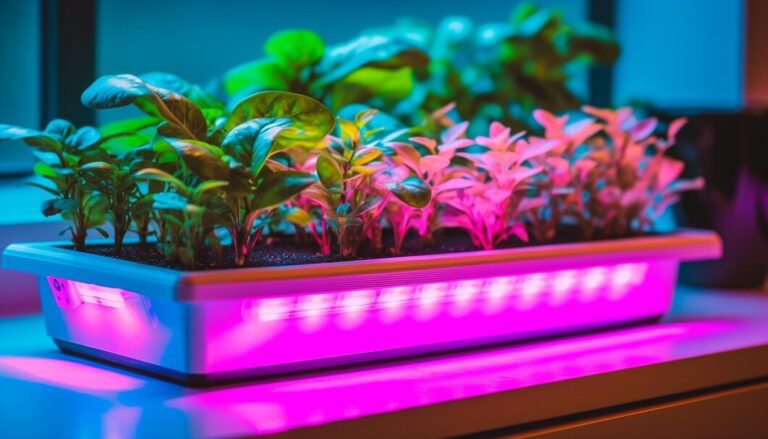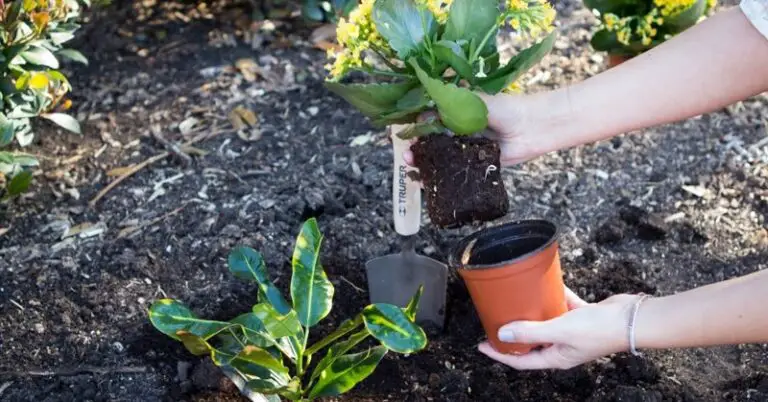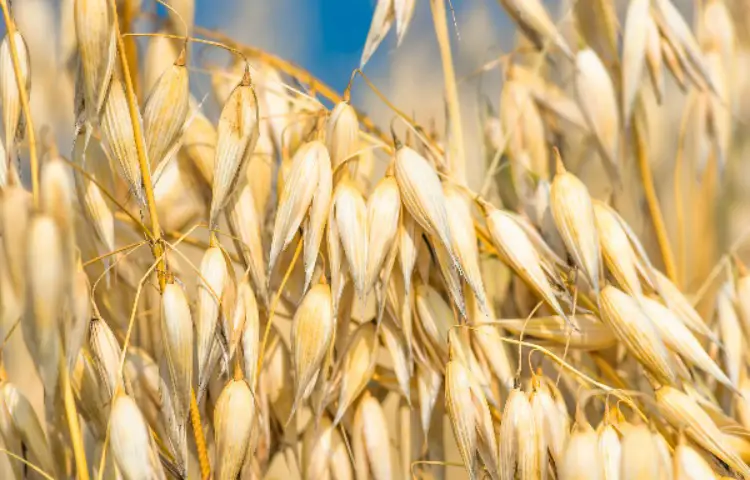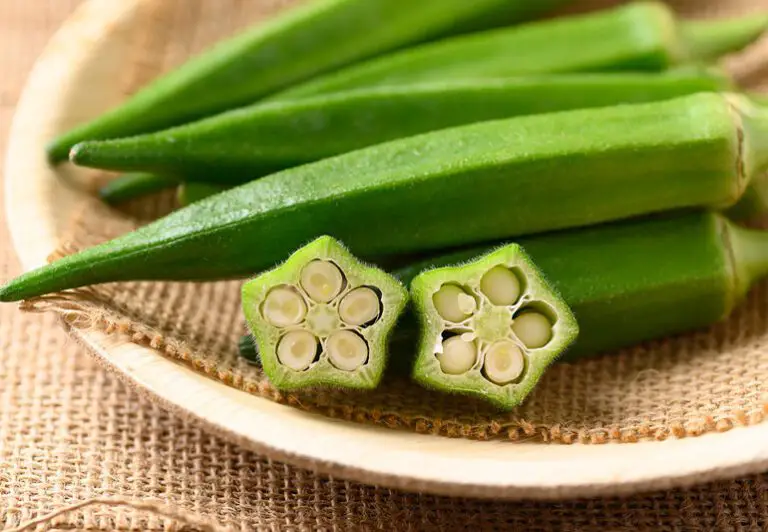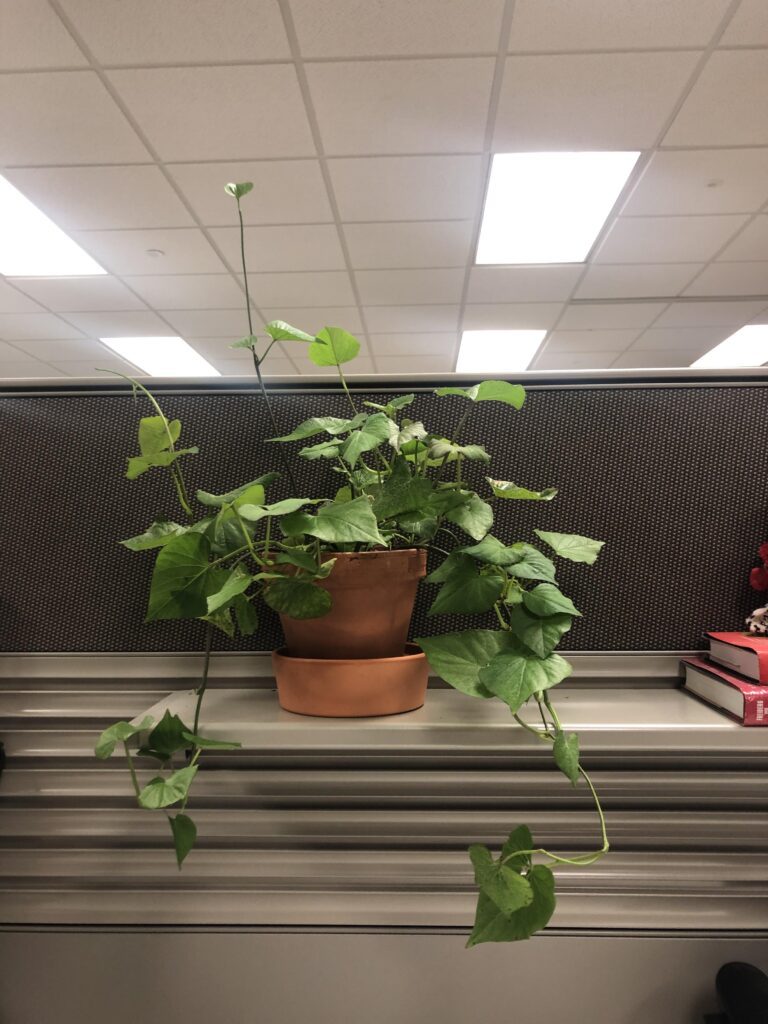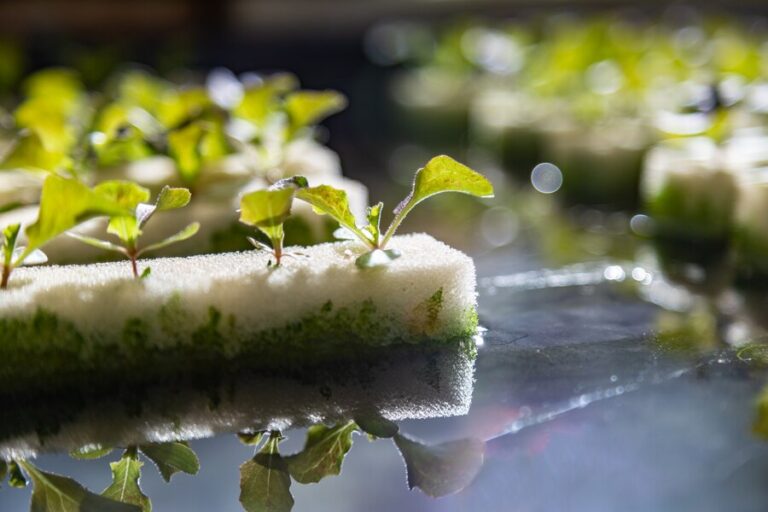Nurturing Heartleaf Philodendrons Successfully
Table of Contents
Creating an Ideal Environment for Heartleaf Philodendrons: Temperature and Air Circulation
Heartleaf Philodendrons thrive in a temperature range of 65°F to 80°F (18°C to 27°C). Maintaining a consistent temperature within this range is essential for their growth and overall health. Extreme temperature fluctuations can stress the plant and lead to leaf drooping or yellowing. To ensure the ideal temperature, avoid placing your Heartleaf Philodendron near drafty windows or vents. Additionally, keep them away from cold drafts during the winter months and protect them from direct heat sources such as radiators or heating vents. By providing a stable and comfortable temperature, you will create an environment where your Heartleaf Philodendron can thrive and flourish.

In addition to temperature, proper air circulation is vital for the well-being of your Heartleaf Philodendron. Good airflow helps prevent the growth of mold and mildew, which can harm your plant. To achieve optimal air circulation, place your Heartleaf Philodendron in a well-ventilated area with gentle air movement. Avoid locating your plant in areas with stagnant air, such as closed-off rooms or corners. However, be cautious not to expose your plant to strong drafts, as this can lead to leaf damage. Finding the right balance of airflow will contribute to a healthy and vibrant Heartleaf Philodendron.

Troubleshooting Common Problems in Heartleaf Philod
One common problem that heartleaf philodendrons may encounter is yellowing leaves. This can be caused by a variety of factors, including overwatering or underwatering, insufficient lighting, or nutrient deficiencies. To troubleshoot this issue, first evaluate the watering routine of your plant. Make sure you are providing enough water without allowing the soil to become waterlogged. Additionally, ensure that your philodendron is receiving adequate indirect sunlight, as too little light can contribute to leaf discoloration. If you suspect a nutrient deficiency, consider using a balanced fertilizer specifically formulated for houseplants, following the recommended dosage instructions.
Here’s a concise table summarizing common problems associated with Heart Leaf Philodendron (also known as Philodendron hederaceum) and their potential solutions:
| Problem | Symptoms | Possible Causes | Solutions |
| Yellowing Leaves | Yellow leaves, drooping | Overwatering Low light | Adjust watering frequency. Ensure proper drainage. Place in bright, indirect light. |
| Brown Leaf Edges | Brown edges on leaves | Dry air Inadequate humidity | Increase humidity levels. Mist leaves regularly. Use a humidity tray. |
| Leggy Growth | Long, sparse vines | Insufficient light Infrequent pruning | Provide brighter light. Prune back leggy stems. |
| Wilting Leaves | Drooping, limp leaves | Underwatering Root rot | Water thoroughly when soil is dry. Check for root rot and repot if necessary. |
| Yellow Spots on Leaves | Yellow or brown spots | Sunburn Fungal infection | Avoid direct sunlight. Treat with fungicide if needed. |
| Leaf Curling | Leaves curling inward | Low humidity Pests | Increase humidity. Inspect for pests and treat accordingly. |
| Stunted Growth | Slow growth, small leaves | Poor soil Lack of nutrients | Repot in well-draining soil. Fertilize during growing season. |
| Drooping Vines | Vines sagging | Weak support Overwatering | Provide sturdy support. Adjust watering habits. |
Remember that heart leaf philodendrons are generally easy to care for, but paying attention to these common issues will help you keep your plant healthy and thriving.
Another issue that heartleaf philodendrons may face is the presence of pests, such as spider mites or mealybugs. These tiny insects can wreak havoc on your plant, causing stunted growth and curling leaves. To combat pests, start by isolating the affected plant to prevent the infestation from spreading. Then, carefully inspect the leaves and stems for visible signs of pests, such as webbing or cottony white masses. If you spot any, remove them manually using a cotton swab or a soft cloth dipped in alcohol. For more severe infestations, consider using a natural insecticidal soap or horticultural oil, following the product instructions closely to ensure the safety of your plant. Regularly monitoring your heartleaf philodendron and promptly addressing any issues will help keep your plant healthy and thriving.
To Know More About Nurturing Heartleaf Philodendrons Successfully, Watch This Video!
How can I create an ideal environment for my Heartleaf Philodendrons?
To create an ideal environment for your Heartleaf Philodendrons, you need to pay attention to temperature and air circulation.
What temperature is best for Heartleaf Philodendrons?
Heartleaf Philodendrons thrive in temperatures between 65°F and 85°F (18°C to 29°C). Avoid exposing them to extreme temperatures below 55°F (13°C) or above 90°F (32°C).
How can I ensure proper air circulation for my Heartleaf Philodendrons?
To ensure proper air circulation, place your Heartleaf Philodendrons in a well-ventilated area. Avoid placing them near drafty windows or doors as excessive drafts can damage the plants.
What are some common problems that can occur with Heartleaf Philodendrons?
Some common problems that can occur with Heartleaf Philodendrons include yellowing leaves, leaf spots, wilting, and root rot.
Why are the leaves of my Heartleaf Philodendron turning yellow?
Yellowing leaves in Heartleaf Philodendrons can be caused by overwatering, underwatering, or nutrient deficiencies. It is important to check the moisture level of the soil and adjust watering accordingly. Additionally, consider fertilizing your plant with a balanced houseplant fertilizer.
What should I do if my Heartleaf Philodendron has leaf spots?
Leaf spots in Heartleaf Philodendrons can be caused by various factors such as fungal or bacterial infections, pests, or improper watering. It is recommended to remove the affected leaves, improve ventilation, and avoid overhead watering. If the problem persists, consider using a fungicide or seeking professional advice.
Why is my Heartleaf Philodendron wilting?
Wilting in Heartleaf Philodendrons can be a sign of underwatering, overwatering, or root rot. Check the moisture level of the soil and adjust watering accordingly. If root rot is suspected, carefully inspect the roots and trim away any damaged or rotting parts.
How often should I water my Heartleaf Philodendron?
Heartleaf Philodendrons prefer slightly moist soil. Water the plant when the top inch (2.5 cm) of soil feels dry. It is important to avoid overwatering as it can lead to root rot.
Can I propagate my Heartleaf Philodendron to create new plants?
Yes, Heartleaf Philodendrons can be propagated through stem cuttings. Select a healthy stem with a few leaves and place it in moist soil or water until new roots develop.
Is it necessary to fertilize my Heartleaf Philodendron?
While Heartleaf Philodendrons can survive without fertilization, providing them with a balanced houseplant fertilizer once a month during the growing season can enhance their growth and overall health.

